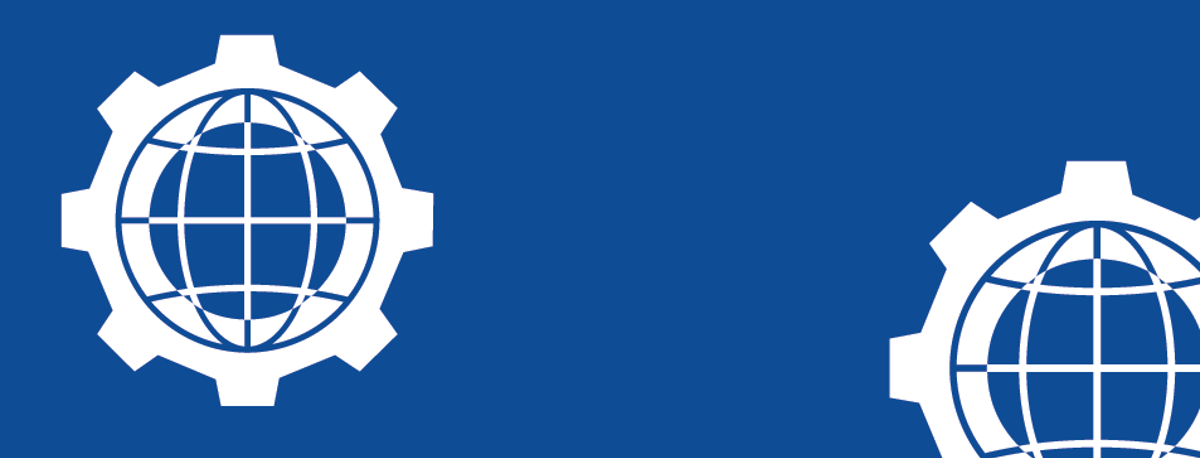IMCA, which publishes the current industry recommended best practice guidance in this space (IMCA M254), is working with G+ (offshore wind’s global health and safety organisation) and a range of industry stakeholders – including W2W providers (designers, manufacturers, and suppliers), vessel owners and providers, and windfarm developers and owners – to ensure a continuous improvement in industry practices.
IMCA has held a series of workshops over the last few months – at regional meetings around the globe and our DP Conference in Amsterdam – and in April this year, it co-hosted an industry workshop with G+ in London, looking at the safety-critical aspects of the design and operation of W2W systems.
The London audience of marine contractors, offshore wind developers, OEMs and W2W manufacturers, explored issues around procurement, design, oversight and assurance, training, competency, and maintenance. The workshop recommendations have now been circulated, and they outline clear action points for everyone involved.
These action points include a need for greater ownership of the end-to-end safety management of W2W applications by windfarm developers and owners, a review of the current systems used; procedures regarding auto-retraction, the standardisation of key features, the development of a standard competency framework, increased training (for designers, vessel captains, operators, and users), exploration of related human factors, improved methods for the industry to share lessons learned, investigation of the large-scale application of systems for floating offshore wind, the development of appropriate integrity management systems, and a process to manage software updates and changes.
In parallel, IMCA’s Marine Renewable Energy Committee has already started the formal review on the existing Guidance (IMCA M254) and the renewed focus from the HSE comes at an opportune moment. IMCA intends to complete its revision by the third quarter of this year, and this will, of course, consider workshop feedback.
It is important for readers to note that – for the time being – the current version of IMCA M254 remains industry best-practice.
IMCA’s recent activity on W2W is a perfect example of how the association leads on the continuous improvement of safety for the offshore sector.
For more than 50 years, IMCA has been bringing organisations together to drive improvement, performance, and ultimately safety.







Login / register to join the discussion
Comments
There are no comments for this article.